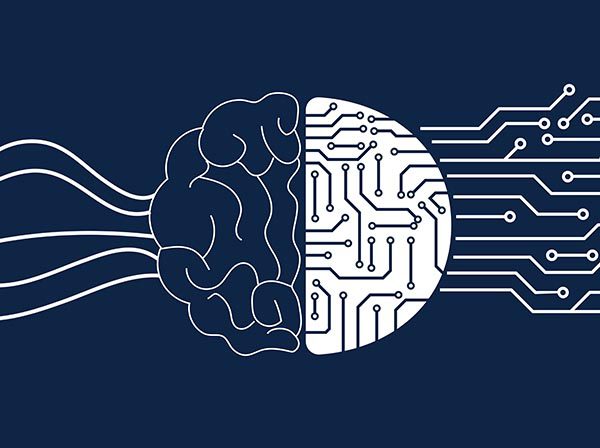
Artificial Intelligence (AI) will be a strategic capability and competitive advantage, no doubt. Statistics speak to that point. According to AI startup advisor Steve Ardire during his presentation (co-presented with Mico Yuk) at the DATAVERSITY® Enterprise Data World Conference titled “Why Enterprise Organizations Use AI as a Strategic Capability and Competitive Advantage,”AI is expected to drive $15.7 trillion dollars of global GDP gains by 2030. It will grow to a $36.8 billon market by 2025, up from $643 million in 2016. Investment in AI over the last six years has grown from $300 million to more than $5 billion.
Implementing AI is a priority for businesses executives who believe it will boost productivity. And Gartner says it will be a top five investment priority for more than 30 percent of CIOs. Countries want to have a piece of the growing market: China is positioning itself to lead the world in AI technologies by 2030. “Transformation potential comes down to the AI-haves vs. the AI-have-not countries,” Ardire said, noting that VC investment in the sector in China is on par with the U.S.
A Look at Transformations
Businesses see an opportunity to reimagine their business processes both for topline and bottom-line performance with AI. Different machine learning algorithms serve different purposes — natural language for managing customer service, anomaly detection for managing enterprise risk, and compliance and predictive analytics for managing financial resources, for example.
But “the thing about machine learning today is that it only learns what is explicitly written or stated. It misses implications, assumptions, and context,” Ardire told the audience. Research and development dollars are aiming at taking AI to the next level, from providing some degree of who, what, when, where, and how to provide the why.
“This is where the confluence of humans working with machines with common sense understanding kicks in,” he said. Augmented Intelligence leads to the point where AI will have the capacity to understand thoughts and emotions that affect human behavior. People tend to change behaviors based on emotion, not information, and AI technologies that can understand this can improve processes — chatbots, for example, can become more engaging to customers.
Augmented AI will change other things in the business, too. Machines will emerge as top collaborators. Ardire pointed to a CIO Insight survey that revealed that nearly 90 percent of managers said that they would trust the advice of intelligent systems in making business decisions in the future. That doesn’t mean humans are eliminated from the picture, but it does mean that they will have to get comfortable treating intelligent machines as “colleagues.”
Human work will shift from administration, where AI takes the lead, to a different dimension — one that calls upon human imagination, creativity, and strategy. “Meaning-making, creative work, and critical reasoning will be paramount,” he said.
Some Hurdles, Some Hopes
While business executives are more ready to trust intelligent systems to make decisions in the future, today their teams don’t necessarily share the same confidence. Mico Yuk, CEO and co-founder of BI Brainz, a business intelligence consulting firm focused on enterprise visual solutions, big data visualizations, reporting, and SAP BI, made a point about some of the suspicions about AI that exist at some levels in organizations.
She has discussed with executives at large companies using Salesforce Einstein that even though its efficacy has been proven, it’s still hard to get sales teams to take advantage of its integrated AI technology that should make it easier for them to anticipate customer opportunities and exceed customer needs. “Even though we have BI and machine learning that can predict and prescribe what will happen, humans have to create and develop ways to get it adopted,” she said.
For now, AI and machine learning have roles to play in automating actions — helping businesses to construct smarter key performance indicators (KPIs) by filling in the story of what a measurement goal is — in order to grow profits, for instance. From there, you can ask the question “how much” — say 25 percent growth for this scenario — and a date by when you want to accomplish it. “To generate smart measurements, you take each component and fill them in,” she said.
Yuk also sees a marriage between artificial intelligence and human intelligence, and that has to do with making sure that the right KPIs are measured. She advocates reducing the large number of KPI measurements that most businesses have down to three or five actionable ones. Actionable KPIs mean that the right things are measured and are able to be visualized for AI-driven dashboards.
There has to be a concerted effort at the management level to get employees to adopt the human intelligence side of what actions they can trust so that AI can automate those actions and generate actionable dashboards, Yuk pointed out. “Human intelligence has to be the driver,” she said. “We are not in robo land yet.”
Want to learn more about DATAVERSITY’s upcoming events? Check out our current lineup of online and face-to-face conferences here.

Here is the video of the Enterprise Data World Presentation:
Image used under license from Shutterstock.com
